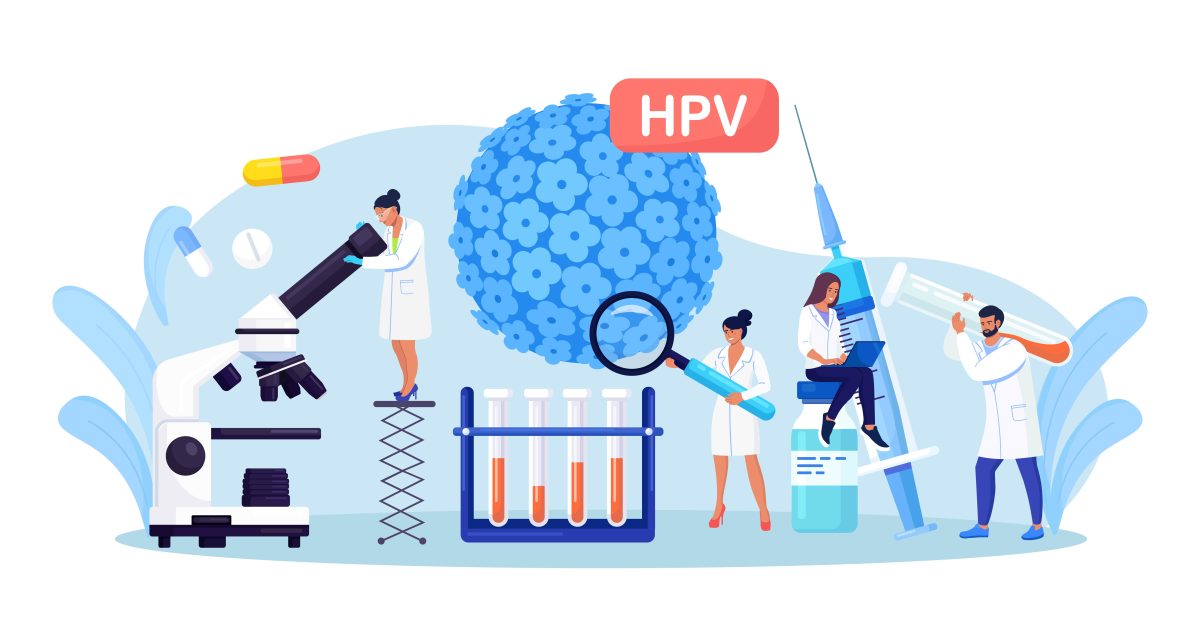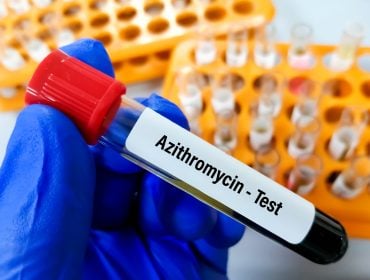Human Papillomavirus
Human Papillomavirus, widely known as HPV, is a group of over 100 related viruses that can cause several diseases in humans. These viruses are common worldwide and can infect various parts of the body. Some kinds of human papillomavirus are sexually transmitted and can lead to conditions such as genital warts or certain types of cancer. Yet, many individuals contracting HPV may not exhibit any symptoms, making it a silent yet pervasive health concern.
Understanding Human Papillomavirus is crucial for several reasons. First, given its widespread prevalence, knowledge about HPV can help people make knowledgeable determinations about their health and lifestyle choices. Second, early detection of HPV can significantly improve treatment outcomes, particularly in cases where the virus may lead to cancer. Lastly, awareness of Human Papillomavirus is essential to understanding preventive measures like vaccination, regular screening, and safe sexual practices. This understanding can contribute to reducing the burden of HPV-related diseases on individuals and public health systems.
What is Human Papillomavirus?
Human Papillomavirus, abbreviated as HPV, is a DNA virus from the papillomavirus family that can infect humans. This infection often causes the growth of a specific type of wart in the areas of the body exposed to the virus.
There are several types of HPV, each identified by a distinct number or type. These viruses are categorized into two groups: Low-risk HPVs (such as types 6 and 11) that can cause warts and are not associated with cancer, and High-risk HPVs (such as types 16 and 18) that are linked to various forms of cancer, including cervical, anal, and oropharyngeal cancers.
Human papillomavirus is one of the most common STDs globally. The World Health Organization (WHO) estimates that approximately 80% of sexually active individuals will be infected with one type or more of HPV at some point in their life. However, it’s important to note that most HPV infections are transient, and the body’s immune system can often clear them within 1 to 2 years.
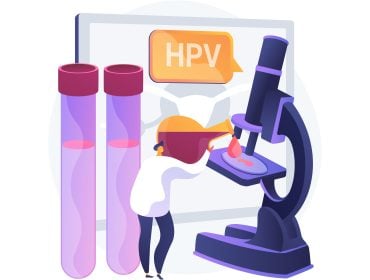
Is Human Papillomavirus Sexually Transmitted?
Human Papillomavirus Transmission
HPV is primarily transmitted through intimate skin-to-skin or sexual contact, including vaginal, anal, or oral sex with anyone who has the virus. It’s important to note that intercourse isn’t necessary for transmission – any genital contact can spread the virus. In rare instances, a pregnant woman with a human papillomavirus infection can transmit the virus to her baby during delivery.
Anyone who is sexually active, including those who have only had one partner, can get Human Papillomavirus. The risk increases with the number of sexual partners a person has. People with depleted immune systems, such as those with HIV or those who have received organ transplants, are also at a higher risk. Additionally, individuals who have had other sexually transmitted infections are more likely to contract HPV. It’s crucial to remember that while HPV is most common in people in their late teens and early 20s, the risk exists at any age for anyone sexually active. HPV is significantly more common than gonorrhea and chlamydia.
Human Papillomavirus Infection Symptoms
Human Papillomavirus Symptoms and Complications
The signs of an HPV infection can vary greatly depending on the type of HPV involved. Some people may not show any human papillomavirus symptoms at all. However, certain types of HPV can cause warts on different parts of the body. For example, low-risk HPVs may cause warts in the genital area or the throat. In contrast, high-risk HPVs typically don’t cause human papillomavirus symptoms until they lead to more severe health problems like cancer.
The potential difficulties and health dangers associated with HPV largely depend on the type of HPV a person has. High-risk types of HPV are a concern because they can lead to various forms of cancer, including cervical, anal, oropharyngeal (the middle part of the throat), penile, vulvar, and vaginal cancers. Persistent infections by certain types of HPV can gradually cause these cells to become cancerous. Low-risk types of HPV can cause genital warts and respiratory papillomatosis, a less common condition in which warts grow in the throat.
Human Papillomavirus is often an asymptomatic STD, meaning it does not show symptoms. Many people with HPV do not develop any symptoms at all and for this reason, many carriers do not know they have HPV
Cancer Human Papillomavirus
The link between human papillomavirus and various types of cancer is well established. High-risk types of HPV, especially HPV 16 and HPV 18, are known to cause several forms of cancer. Cervical cancer is the most common cancer linked to HPV in people with a cervix, with nearly all cases caused by the virus. Apart from cervical cancer, human papillomavirus can also cause anal cancer, oral cancer, oropharyngeal cancer (a form of throat cancer), vulvar cancer, vaginal cancer, and penile cancer.
Statistics on HPV-related cancers vary, but it is clear that HPV plays a significant role in many cancer diagnoses. For example, about 70% of HPV-related cervical cancer is caused by HPV 16 and HPV 18. The rising incidence of oropharyngeal cancer, particularly in the US and Europe, has also been linked to high-risk HPV types456.
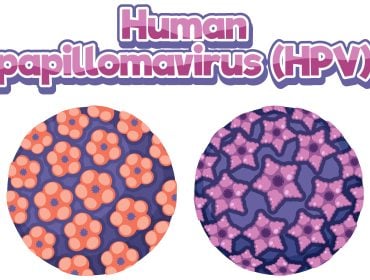
Human Papillomavirus Prevention and Vaccination
The importance of HPV vaccination cannot be overstated. Given the clear link between HPV and various types of cancer, the vaccine is a crucial tool in preventing these diseases. The vaccine shields against the kinds of HPV that most often generate cervical, vaginal, and vulvar cancers. It also protects against types of HPV that cause most genital warts. In essence, the HPV vaccine is a powerful cancer prevention tool.
The human papillomavirus vaccine is advised for preteen boys and girls at age 11 or 12 so they are shielded before being exposed to the virus. Catch-up vaccines are highly suggested for men through age 21 and women through age 26 if they didn’t obtain vaccinations when they were younger. The vaccine is also recommended for certain people through age 45 if they have specific risk factors or have not been previously vaccinated.
The effectiveness of the HPV vaccine has been demonstrated in numerous studies. Research has shown a significant reduction in the incidences of HPV-related diseases in countries with high vaccination coverage. For instance, studies have shown that since the vaccine was introduced, there’s been a 70% decrease in HPV types that cause most HPV cancers and genital warts.
Human Papillomavirus Testing and Diagnosis
There are several types of tests available for HPV. For people with a cervix, health care providers may offer a Pap test (also known as a Pap smear), which checks for abnormal cell changes in the cervix, or an HPV test that checks for high-risk HPV types. These tests can be done alone or in combination (co-testing). HPV tests for other areas of the body, such as the throat or anus, are currently not widely available or recommended for routine screening.
Understanding test results can be confusing, but it’s crucial to recognize that a positive HPV test does not necessarily indicate you have cancer. It simply means you have an HPV infection. Cell changes have been detected in your cervix if your Pap test is abnormal. Depending on the severity of these changes, your healthcare provider may recommend further testing or monitoring to ensure that precancerous changes do not progress to cancer human papillomavirus.
Human Papillomavirus Treatment and Management
Current treatments for HPV focus mainly on the symptoms and complications rather than the virus itself, as there is currently no cure for the virus. Genital warts, precancerous cell changes in the cervix, and other HPV-related health problems can be treated. Treatments may include topical medications, surgical removal of warts, or more extensive procedures for precancerous changes in the cervix, like loop electrosurgical excision (LEEP), cryotherapy, or conization.
Managing human papillomavirus symptoms and complications of HPV involves regular monitoring and follow-up care. Regular Pap or HPV tests can help detect shifts in the cervix before they become cancerous. If you have genital warts, treatments can remove the warts, though the virus often remains in the body after treatment. It’s also essential to communicate with sexual partners about your HPV status and to use protection during sexual activity to prevent transmission.
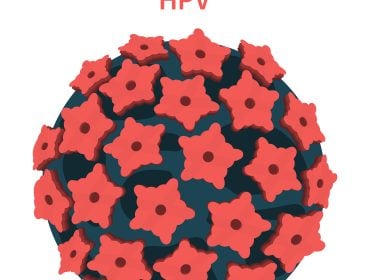
Living with Human Papillomavirus
The emotional and psychological aspects of living with HPV can be challenging. Diagnosed with human papillomavirus can lead to fear, guilt, or shame, particularly given the virus’s association with sexual activity. It’s important to remember that HPV is ubiquitous; most sexually active people will get it eventually. It’s not a reflection of your character or worth. Getting professional assistance like counseling or therapy can be beneficial in managing these emotions.
There are numerous resources and support available for those living with HPV. Organizations like the American Sexual Health Association provide education and support for people dealing with HPV. Online communities and forums can also offer a space to connect with others who are going through similar experiences. Your healthcare company can also deliver advice and refer you to regional resources. Pursuing help is okay; you don’t have to face this alone. Also, check out our resource about Herpes vs HPV.
Conclusion
Human Papillomavirus is a highly prevalent virus that can potentially cause severe health complications, including various types of cancer. Hence, awareness about HPV, its transmission modes, symptoms, and associated diseases is essential. Prevention is the most effective tool against HPV. This includes practicing safe sex and getting vaccinated, which can significantly decrease the risk of contracting the virus. Treatment does not eliminate the virus but effectively manages symptoms and prevents severe complications.
Regular health check-ups, including Pap tests and HPV tests for people with a cervix, are essential to early detection of any abnormalities. This, coupled with prompt treatment, can prevent the progression of cancer. The medical community highly recommends vaccination for both boys and girls at an early age and can protect against the most dangerous types of HPV. Remember, your actions today can help protect you and others from HPV and its potentially serious consequences. Stay informed, stay vigilant, and take care of your health. If you want to maintain good mental health in regards to your sexual health, get tested for STDs with us today!
Medically Reviewed by J. Frank Martin JR., MD on August 14, 2023
Secure and Confidential
STD testing services
The fastest results possbile - available in 1 to 2 days

Tagged
Categorized As
Author: STD Check Editorial Team
At STDCheck.com, we go to great lengths to ensure quality content. We’re using our own collection of data. It is not bought or made up for “click-bait” purposes. We don’t entice traffic with cheesy graphics or raunchy headlines. Our information is to promote STD testing, educate people, let go of social stigmas, and bring awareness. We also provide a completely confidential atmosphere through private testing. When we produce an article, it is fact-based. We check it with medical advisors that approve it. Our staff consists of doctors and other medical professionals who peer review the content we make available on STDCheck.com. From all over the world, we have sourced the best and the brightest content developers, including medical professionals, marketing engineers, data scientists, content specialists, and media relations.

